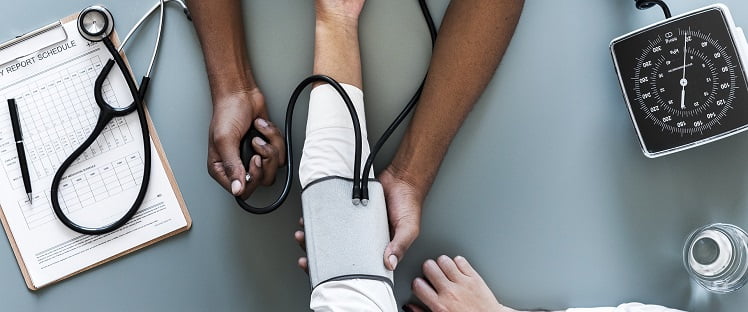How to detect the warning signs of dementia using a mobile phone? An international team of scientists has examined the issue and developed a simple and cost-effective test.
An international team of scientists has developed a new method of age-related cognitive decline detection that can be used at home. Patients are asked to take a computer test to detect sounds and flashes on their laptops or phones.
A simple and economical test
Developed by researchers from Switzerland and the United Kingdom, the study shows that this test, which is both simple and inexpensive, is likely to contribute to the improvement of the early diagnosis of mild cognitive impairment (MCI) and thus promote useful interventions in a timely manner. This finding is so interesting given that MCI turns into Alzheimer’s disease in 30 to 50% of the cases.
The research, which has involved two British researchers, Dr. Trudi Edginton (City University of London) and Alison Eardley (University of Westminster), shed new light on our understanding of how older people’s brains handle the information received from the different senses. This report was published on June 11th 2018 in the journal Nature Scientific Reports.

50 million people are reported to have dementia worldwide
For MCI, there is currently no blood diagnostic test, similar to that developed for diabetes: the only diagnosis available to date is long neuropsychological assessments involving cognitive and memory control tests and questions about daily activities and mood. These expensive tests require training, take a lot of time for both patients and clinicians, and their conclusions can be influenced by factors such as the individual’s IQ, socioeconomic status, and even the testers themselves. Knowing that the world’s population is ageing and that the number of people with dementia is estimated to be 50 million around the world, the development of a new test was therefore considered a priority worldwide.

123 participants
In the study 123 participants were asked to press a button when they saw a flicker or heard a sound. In some cases, flashes and sounds were presented separately, whereas in others, both stimuli were played simultaneously. Participants included 51 healthy young adults, 49 healthy older adults, and 23 older adults with MCI.
Under the direction of Professor Micah Murray of the University of Lausanne (Switzerland), the researchers raised two questions out of the results obtained in the study conducted: 1) whether they detected quicker flashes or sounds, and 2) whether the detection of a visual-auditory stimulus was an advantage over the detection of blinking and sounds. Dr. Paul Matusz, from the University of Lausanne, explains that with these two measures alone, the team was able to accurately say whether a person would receive a diagnosis of MCI using standard clinical tests.
Trudi Edginton, cognitive neuroscientist and clinical psychologist at the City University of London (London, UK), observes: “Our findings create a promising possibility: a simple perceptual task is a valuable additional tool for screening and evaluation of MCI. Having said that, the test we have introduced should not yet be considered a substitute for those currently used in clinical practice. The team is now thinking of new techniques to validate this innovative screening tool and to explore the role of neurotransmitter systems in the alterations of sensory and cognitive functions due to aging or pathologies, in order to look for possible early diagnosis and potential treatments. ”
Micah Murray, Professor of Radiology and Clinical Neuroscience at the University Hospital Center and the University of Lausanne, welcomes these advances: “We are very pleased with this work, because it shows that the realization of very simple tests facilitates the practice of clinicians who are then able to examine a larger population at a lower cost. We are pleased that our findings clarify the connection between our vision and our hearing and their role in stimulating the functioning of memory: it is becoming increasingly clear that the degree of preservation of our cognitive skills as we age will depend on the sharpness of our senses. It should be mentioned that this extends the results already established for school-aged children.”
Published by the Editorial Staff on
